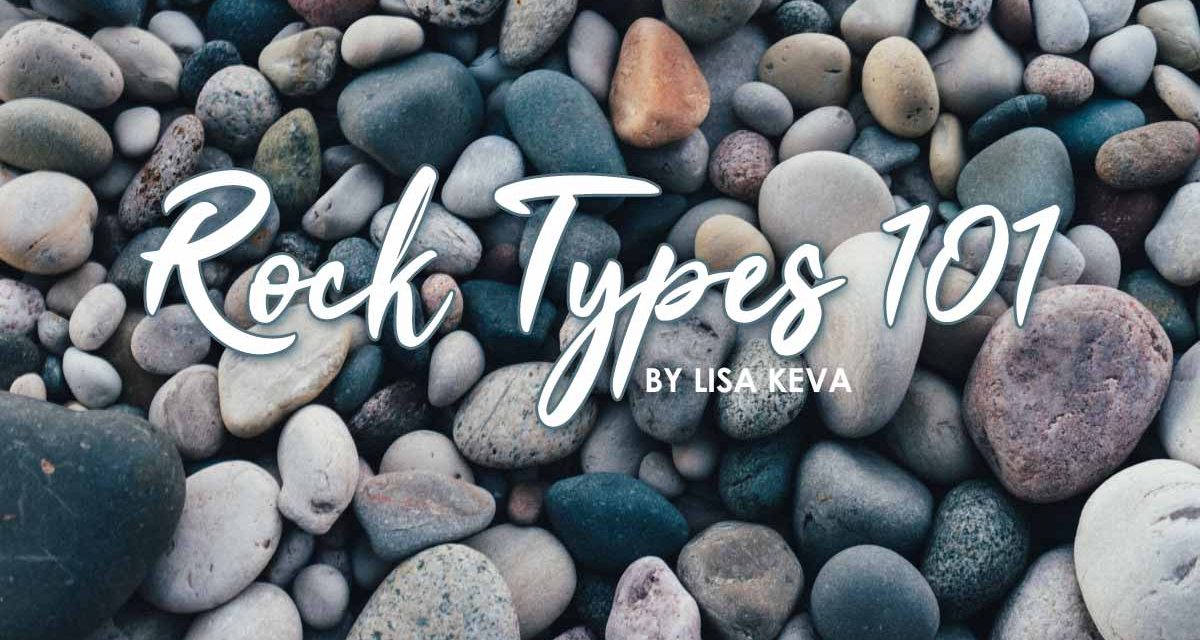Interested in learning about rocks, but, feeling overwhelmed? Here’s some good news! While there are many ways to categorize rocks, in actuality there are just three major rock types. Igneous, metamorphic, and sedimentary.
Let’s start with igneous. Igneous rock is formed when magma within the earth or lava on the surface is cooled and solidified. This magma or lava comes from the partial melting of existing rocks in either the earth’s mantle or on the crust. The solidification process happens either below the surface, and is known as an intrusive igneous rock, or on the surface and is knows as an extrusive igneous rock.
Igneous rocks help show us information about the earth’s movement and provide many useful minerals for our daily use. Some common igneous rocks are granite, diorite, gabbro, and basalt.
The next group is sedimentary. Sedimentary rocks are rocks that are formed by small particles being compacted and cemented together that settle on either the floor of a body of water, or on the earth’s surface. These small particles can be clay, sand, small marine life or dissolved minerals. Sedimentary rocks make up a large area of the Earth’s continents.
Sedimentary rocks and their layers help provide information that is useful for civil engineering. This is helpful in the construction of roads, tunnels, and other structures. Sedimentary rocks are also important natural resources like coal, fossil fuels, and drinking water.
We study sedimentary rock layers to understand the history of the Earth. Some examples of sedimentary rocks are sandstone, limestone, shale, and conglomerate.
The last rock group is metamorphic. Metamorphic rocks are simply rocks that are transformed from preexisting rock by heat, pressure, or heat and pressure. This process is called metamorphism. Metamorphism means to change form. The preexisting rock can be igneous, sedentary, or another metamorphic rock!
Metamorphic rocks make up a large part of our crust and land surface. They can be found deep beneath the earth’s surface, in collision zones of continental plates, and in areas where rock is heated by magma from the Earth’s interior.
Metamorphic rocks help show us some information about the temperatures and pressures that occur within the earth’s crust. Some examples of metamorphic rocks are gneiss, slate, marble, schist, and quartzite.
Now that you know the basic differences in the three main rock groups, you can go out and notice the amazing rocks and rock formations where you live!
Check out these earth science helps at Rainbow Resource Center!





